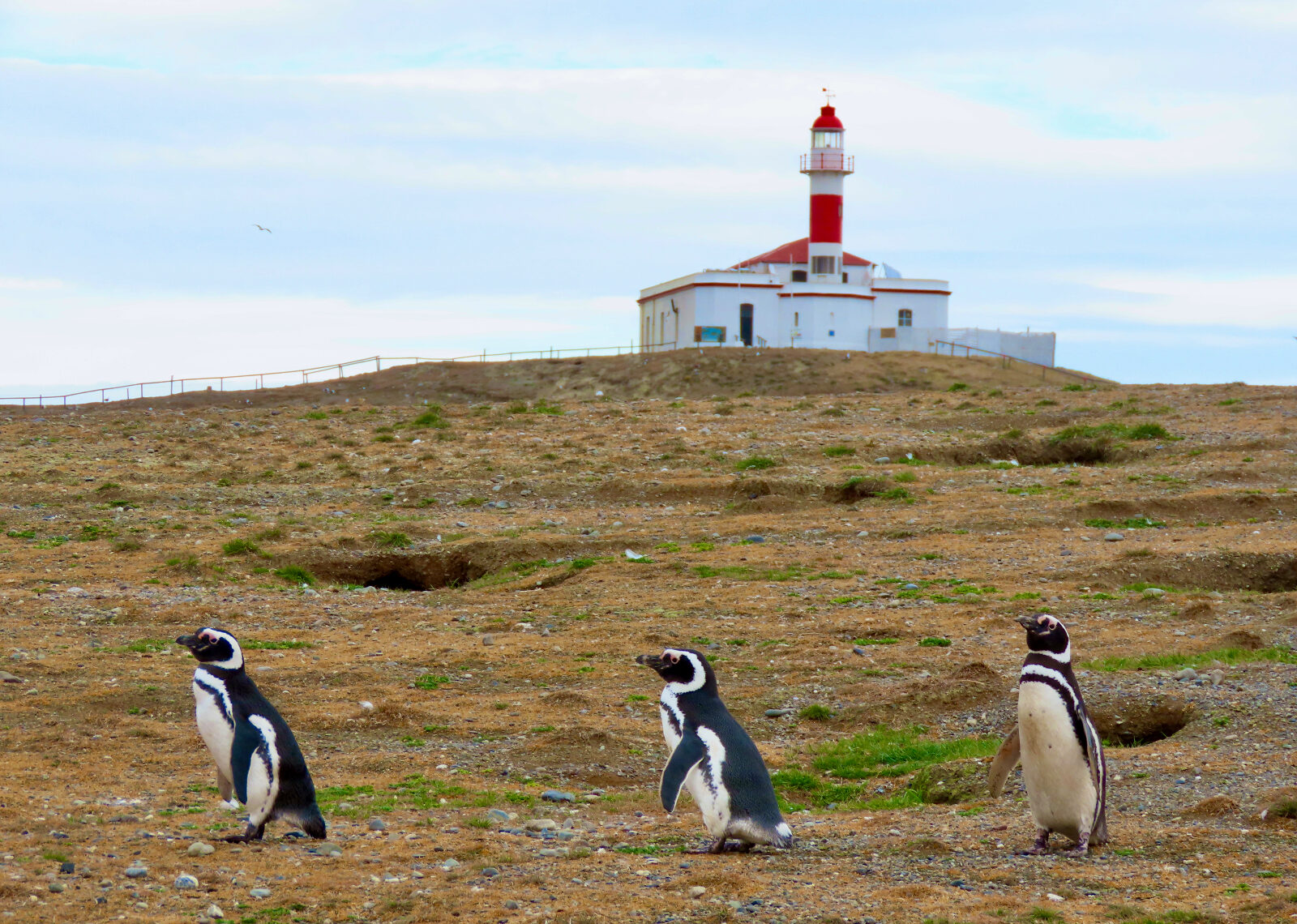
Penguins frame the lighthouse at Magdelena Island. Photo credit: Gerry Feehan
Punta Arenas
I’m not a fan of early mornings but if we wanted to see penguins (we did) and wished to avoid the afternoon wrath of the stormy Strait of Magellan (I most certainly did), a 6am start was in order. We were lodged in Punta Arenas, Chile’s southernmost city. Our hotel fronted the historic Plaza de Armas (every South American city has one of these leafy squares). Next door was the Antarctic Institute, where cool-looking people came and went in an important but icy fashion. Punta Arenas is the starting point for most vessels headed to Antarctica. But we were not bound for that icy continent. Our travel plans after exploring the environs around ‘Sandy Point’ had us pointed north, overland and into the Andes.
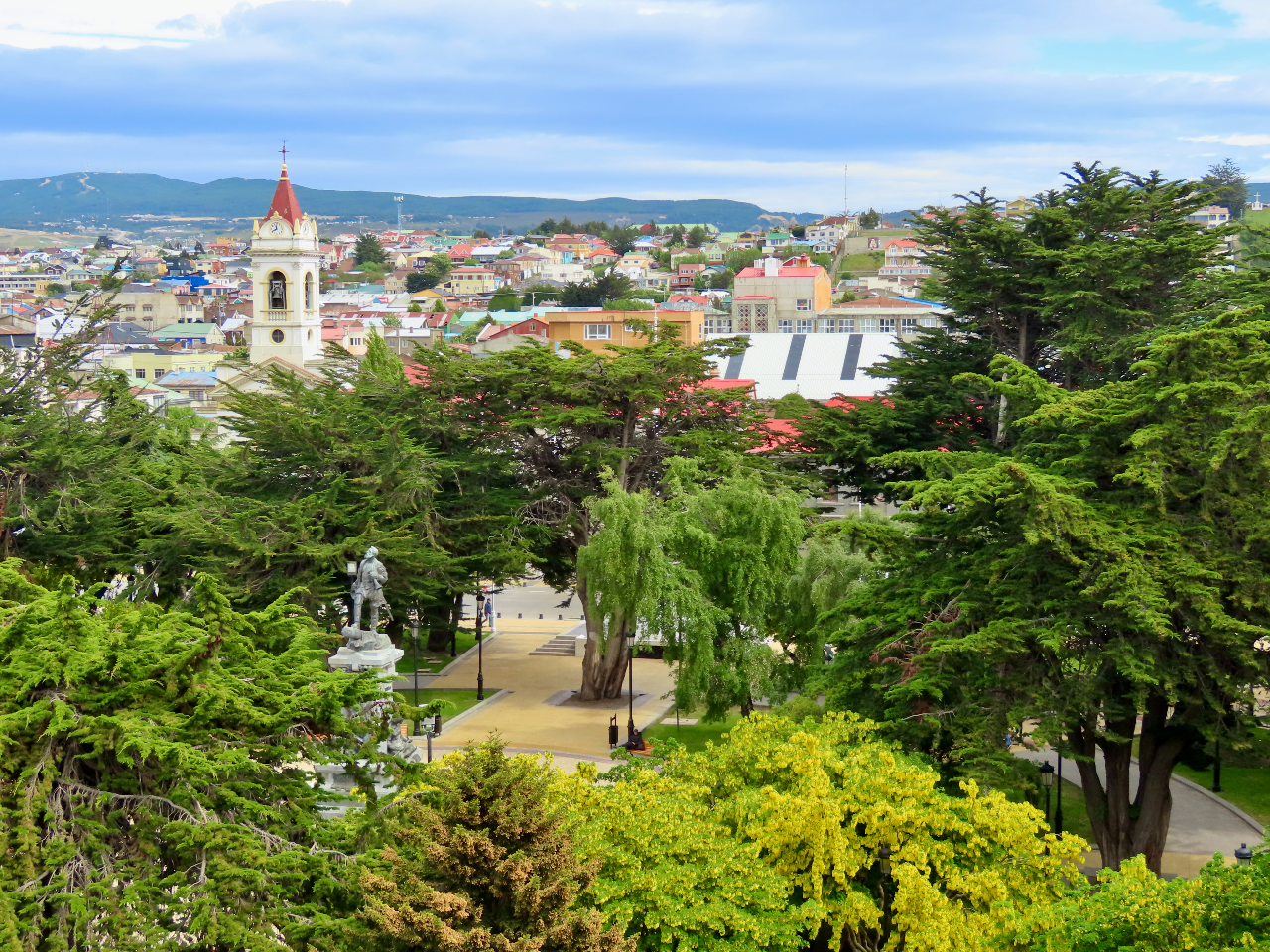
Punta Arenas is a lovely town and despite its extreme Austral location, is verdant. Cyprus, beech and monkey-puzzle trees strafe the city’s many parks and boulevards. Even avocadoes are ripe for the picking here. It is cool year-round but proximity to the ocean results in a moderate maritime climate.
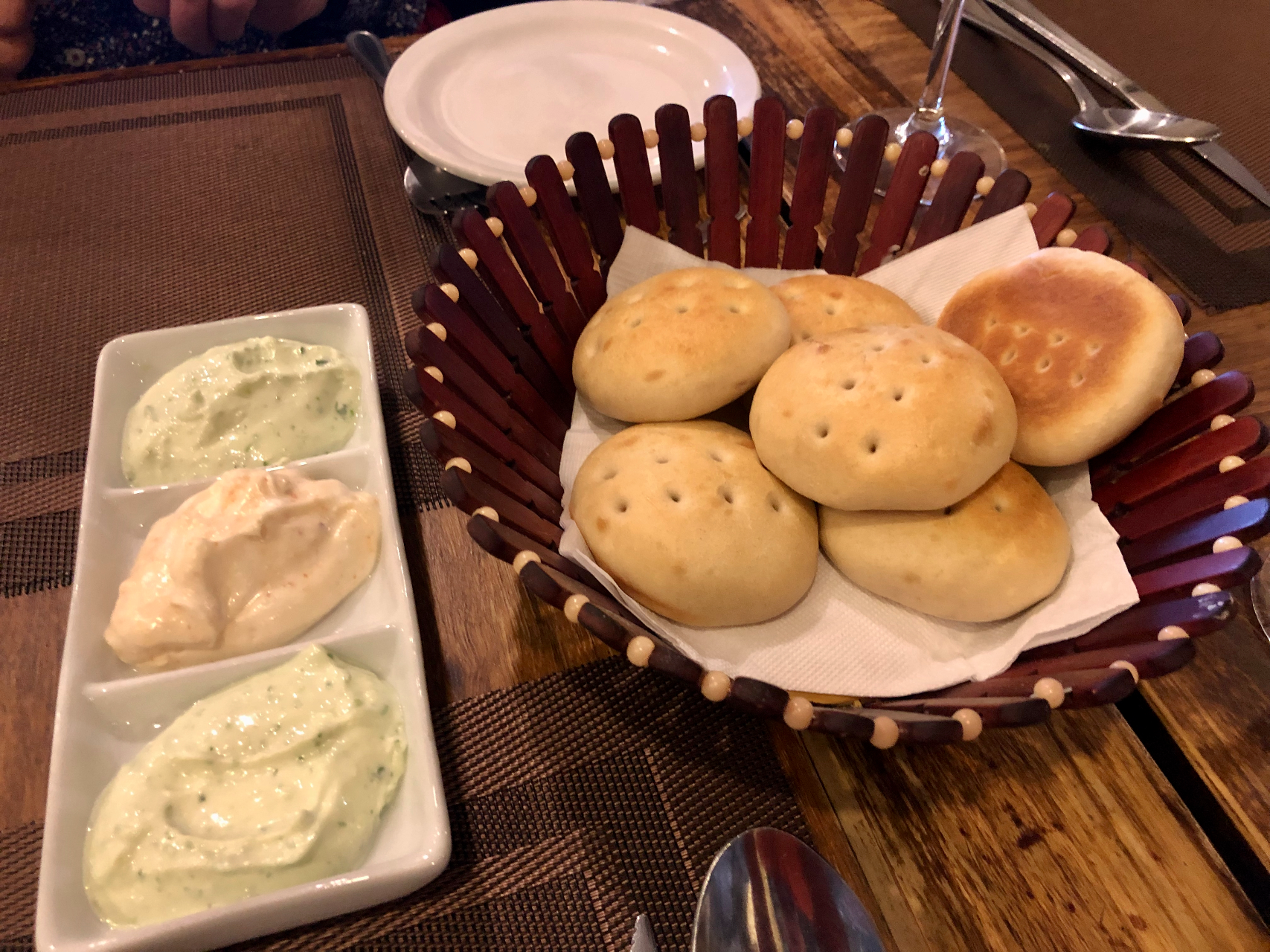
Despite the dreadfully early hour, the staff at the Cabo de Hornos Hotel had put out a lovely buffet for our morning repast. We gorged on bacon and eggs, buttered toast, fresh Chilean fruit — and a palatable cafe con leche. I surreptitiously tossed a few pastries into our daypack for the boat ride to Isla Magdalena where a colony of 40,000 Magellanic penguins awaited our arrival. As we left the quay, streamers of brown kelp anchored in the shallow green sea waved frantically, like folk bidding the Titanic farewell. Soon the sea roughened. The vessel rose and fell with the swell… but not enough to make me unwell. In the dark deeper water seabirds amassed, perhaps mistaking us for shrimpers offering an easy meal. A gangly European fellow pointed his camera up at the flock and was quickly rewarded with a splatter of whitewash. A few people laughed. Not me. I quickly shielded my exposed lens, ducked inside and quaffed that purloined croissant. We were docking.
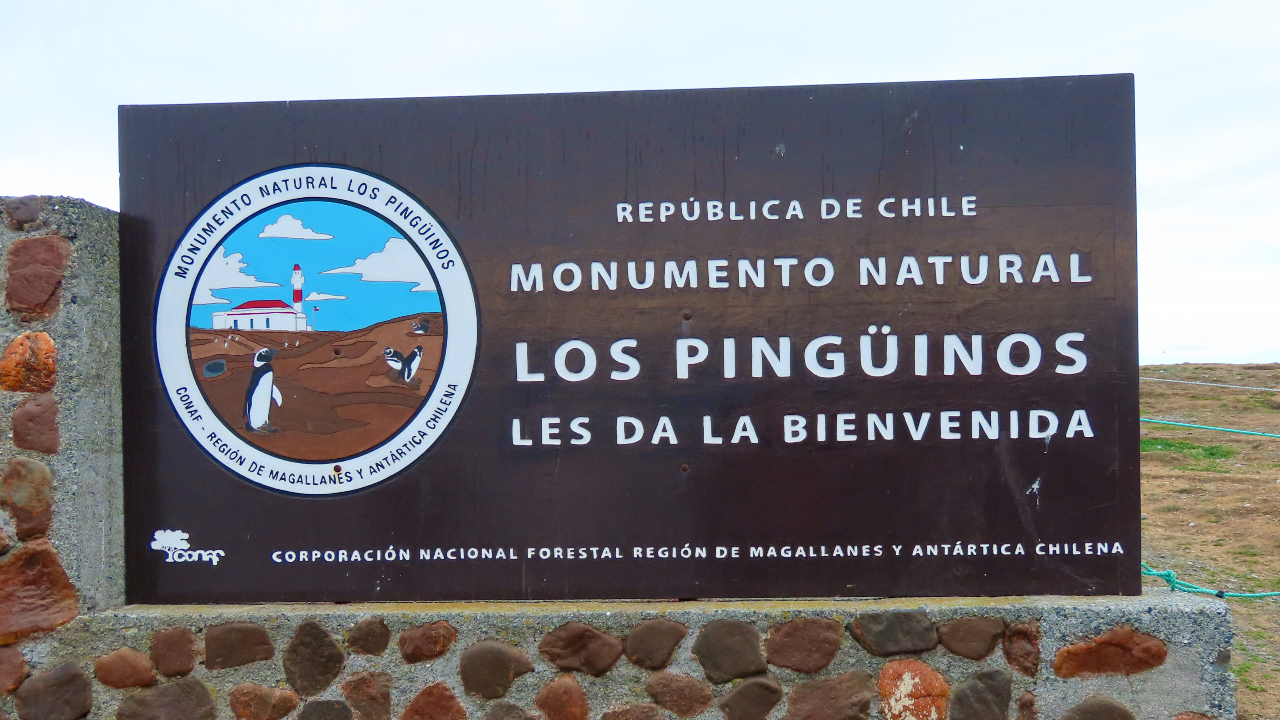
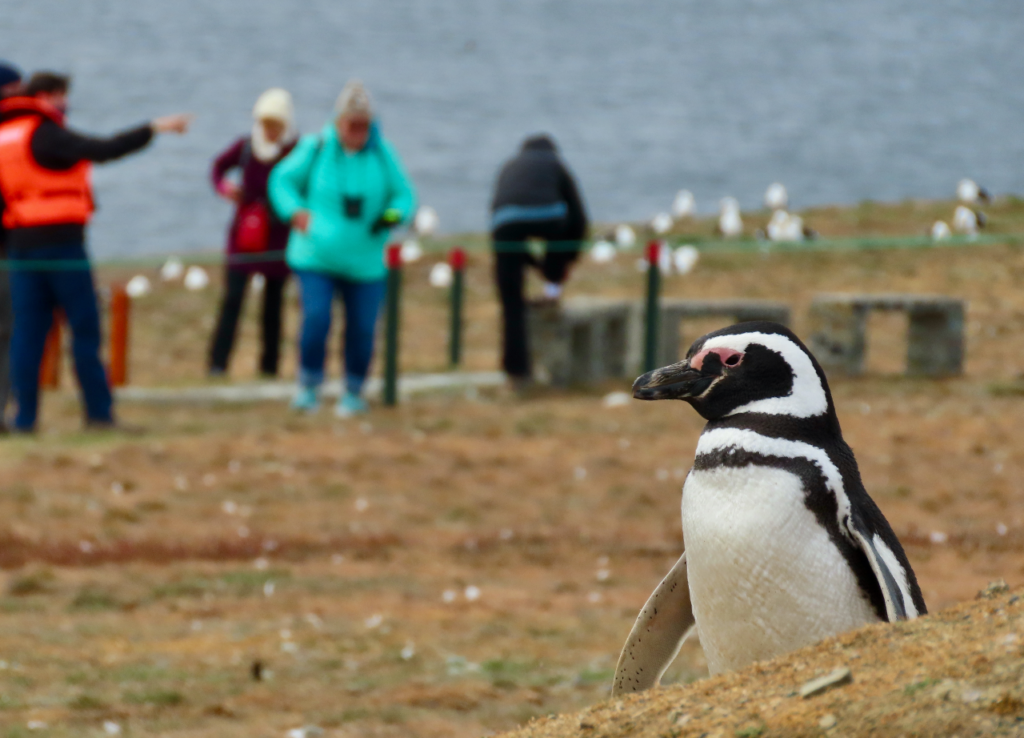
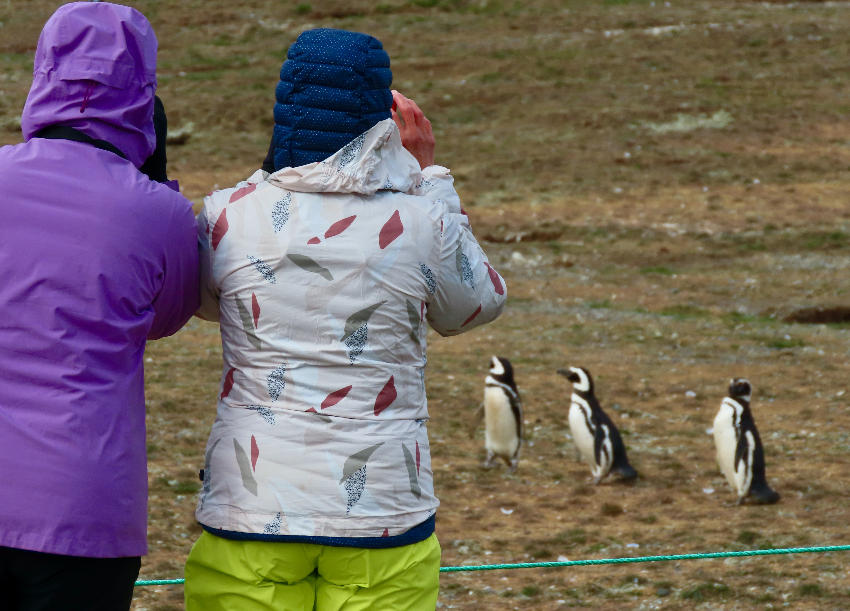
Shore time on Magdalena Island is limited to one hour, so as to not overly disturb the nesting birds. But the penguins seemed oblivious to our presence in Los Penguinos Natural Monument. While we humans were confined to a narrow, roped trail up to the hilltop lighthouse, the penguins obliviously, brusquely trespassed the corridor, busily to-ing and fro-ing with bits of grass to feather their underground nests. The penguins’ main predators, solitary skuas and rambunctious kelp gulls, kept keen watch for any unattended eggs.
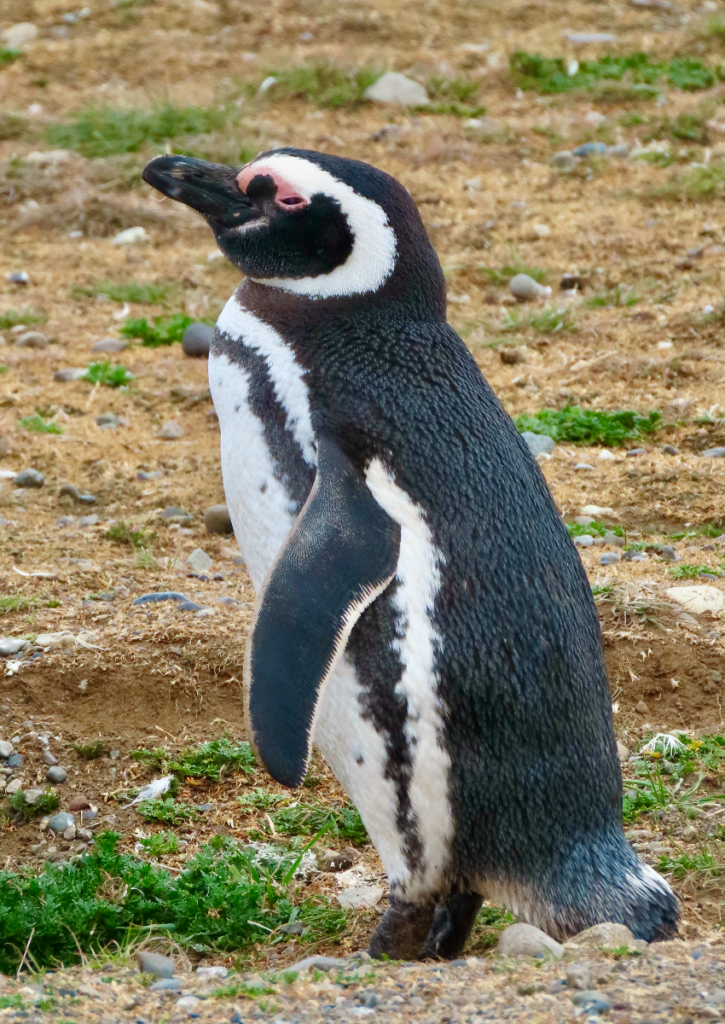
The penguins were so cute. As Bruce Chatwin succinctly put it in his classic 1975 novel In Patagonia, “Penguins are the last birds I’d want to murder.” I felt like taking one home in my suitcase but abandoned the idea with the realization the airline would almost certainly lose my luggage en route. (Incidentally, Chatwin’s book is not particularly useful as a Patagonian travel guide, but as an insight into the history, myth and reality of the region and its proud, independent, lonely and absurd people, it is indispensable. Read it.)
In 1520, Portuguese explorer Ferdinand Magellan sailed around South America’s southernmost point at Cape Horn, then up and through a series of windy, rocky, current-infested straits. He was seeking a short cut to the Spice Islands on the far side of the world. After successfully navigating the passage he stayed in Tierra del Fuego long enough to subjugate the indigenous peoples and initiate their eventual extirpation. Ironically, a few months later, Magellan would receive his comeuppance on the fatal tip of a Filipino spear in the Coral Sea.
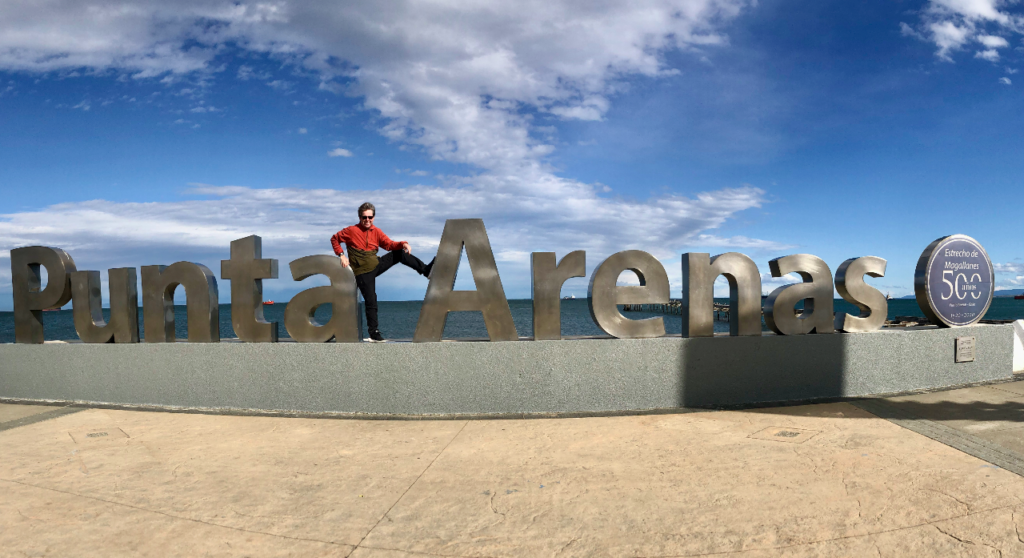
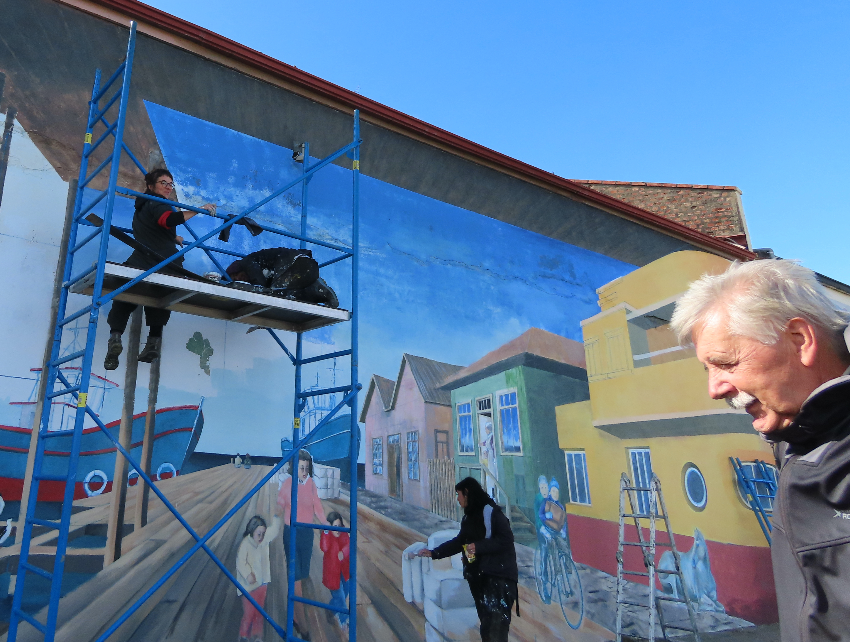
In the late 19th century an enterprising group of Punta Arenas locals imported a few sheep from the Falkland Islands. The flock took to the barren environs like fish to water. In short time a few Patagonian families became enormously wealthy. But the golden age of Punta Arenas came to a crashing halt in 1914 with the opening of the Panama Canal. Maritime traffic now had a shortcut from Atlantic to Pacific. The need to navigate the treacherous route around the tip of South America was no longer necessary. The fading remnants of this wealth are evident in the stately old mansions that front the Plaza des Armas. In the city cemetery, ornate mausoleums honour long-dead patrons from the Braun, Menendez and other aristocratic families. We wandered in the rear gate of the cemetery late one afternoon to take a boo at the tombs but were quickly whisked out by the disgruntled gateman as the clock had just struck 5pm. Why do they close cemeteries? Nobody’s going anywhere!
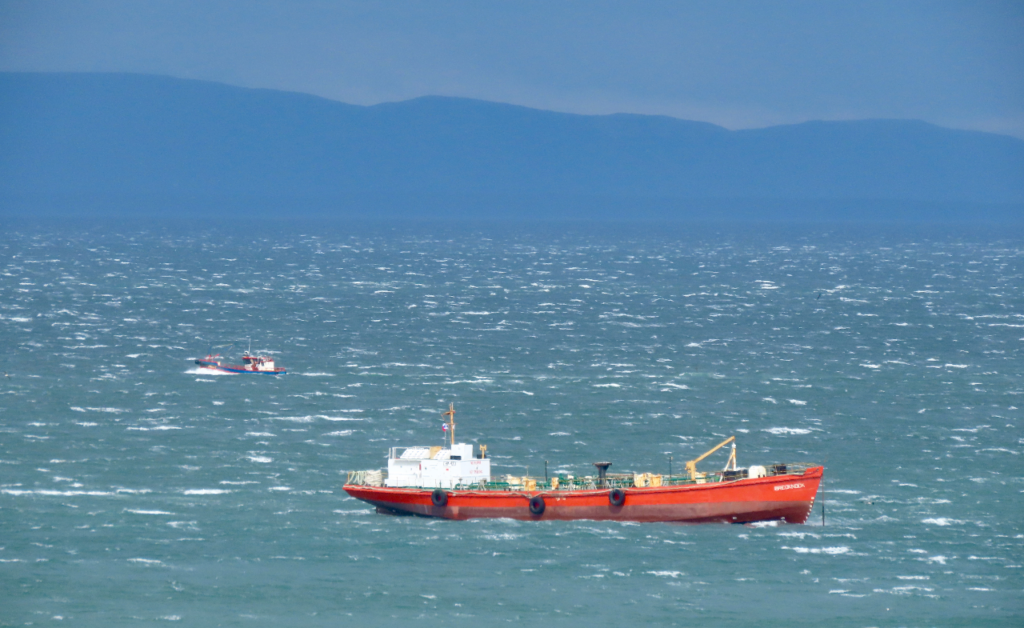
The Magellan strait is often calm in the morning. But by afternoon, the Patagonian wind inevitably arrives. Huge swells build on the water. Even navigation on land is challenging. We strolled the oceanfront Malecon early one evening and were nearly tossed into the sea by the brutal gale. Seeking cover, we turned down a narrow street past an unremarkable building. The unmistakable sound of an orchestra tuning up leaked through the walls. We peeked in. Before we could speak, an elegant stylishly-dressed woman silently ushered us down a corridor and into a beautiful hall. Then a dapper gentleman, murmuring quietly in Spanish, led us to a lush balcony suite overlooking the concert stage and indicated we should sit. We shrugged — and sat. Moments later a portly conductor took the stage, tapped his baton and the music started; first a delightful rendition of The Girl From Ipanema, then a Bach sonata, then Brahms. Serendipity is my middle name. It was amazing.
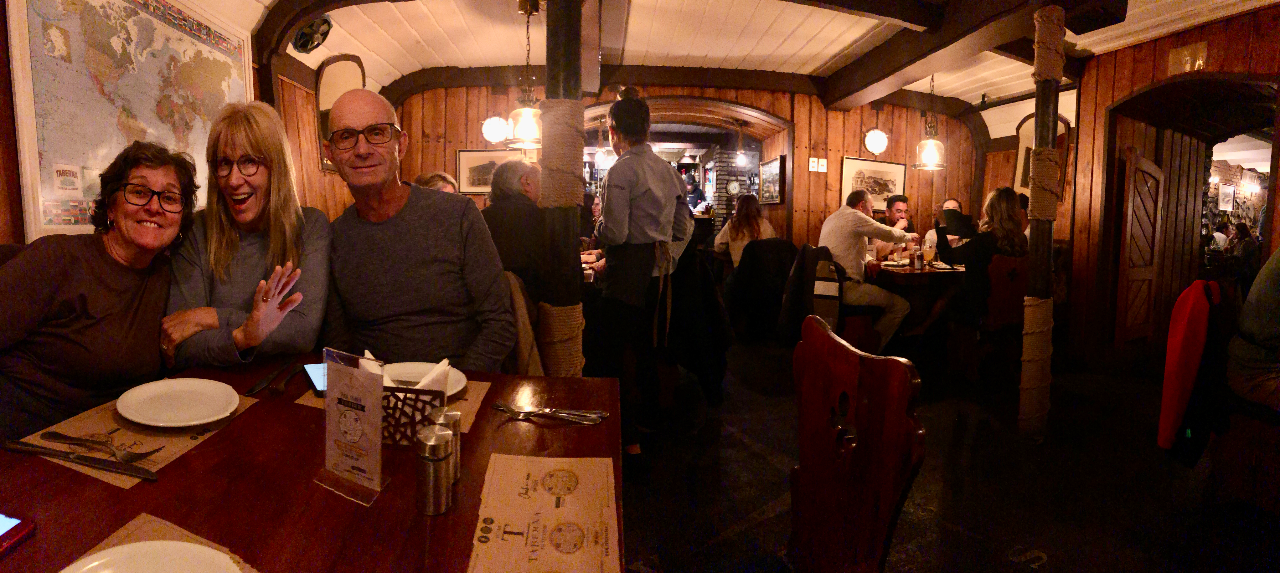
We dined in the cellar restaurant of Sara Braun’s old mansion on the Plaza de Armas that night. After descending a steep dingy staircase from the street, we arrived to a crypt full of laughter and clinking glasses. Servers hustled by, delivering outrageous-looking cocktails to loquacious Punta locals. The mood was energetic. We ordered a round of pisco sours, Chile’s signature drink. Next to us the orchestra conductor, dining alone, was loosing his tuxedo and tying into a plate of lamb empanadas and a large piece of red meat. We nodded approval at the maestros’ selection — and ordered the same.
It was late when we returned to the hotel and, foregoing the usual nightcap, crashed. We had another early start and a long drive in the morning. We were bound for Patagonia’s great hiking mecca, Torres del Paine National Park.
Gerry
